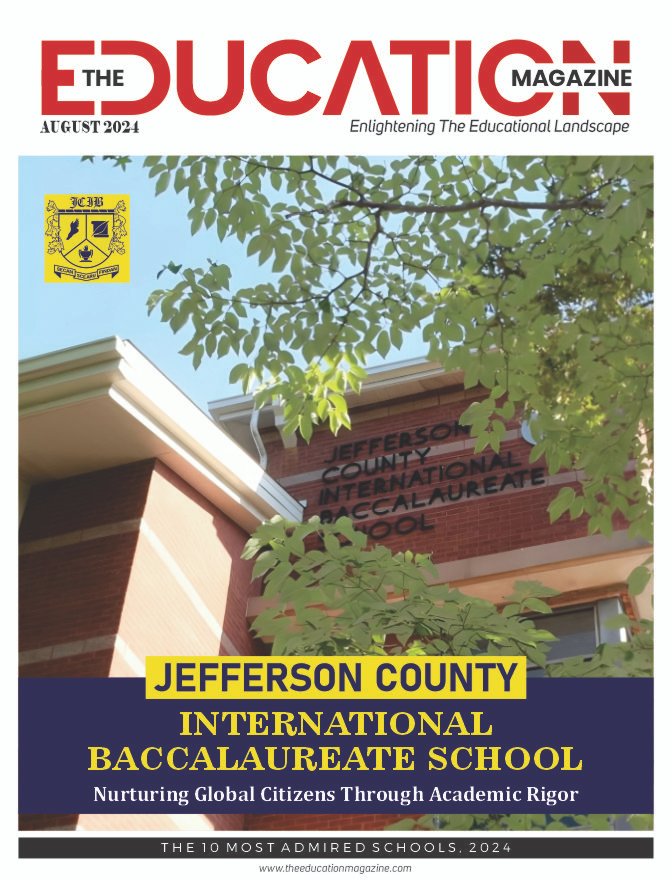Short-term memory learning such as facts, vocabulary lists, or math worksheets
Educating through “Head, Heart, and Hands” has been a hallmark of Waldorf educators for decades. The concept at the back of the phrase is that gaining knowledge should involve the whole human being and be based totally on applicable and multi-sensory experiences that engage and inspire every student.
With schools shuttered worldwide and maximum college students now studying at home, how are Waldorf schools continuing to engage the entire child? What does experiential learning appears outside the classroom?
Learning comes into play
Waldorf educators are rising to the challenging task before them, adapting and operating creatively to not longer just deliver curriculum but also to ensure students continue to feel safe, welcomed, supported, and a part of a greater learning community. While distance studying may be more suited towards providing short period memory learning such as facts, vocabulary lists, or math worksheets. Waldorf educators continue to delve on applying and linking learning concept to wider stories. Maintaining this hallmark of the Waldorf curriculum is where creativity with distance learning comes into play.
Take for example how 7th-grade history students at many Waldorf schools are learning about the Age of Exploration and are receiving assignments to choose and study an explorer online. The remainder of the lesson is an experiential offline assignment, including a written and illustrated biography to be published in major lesson books. Additionally, the Portland Waldorf School, students are involved in the creation of a board game each outlining and gamifying the trips made via their explorer of choice.
Language arts training at the Aurora Waldorf School include pandemic journals for class 7 and 8 students, to be designed with the information of what the sort of journal could require to be at some point used as historical primary source material.
In-house skills development
Math instances tables can still be tied to leaping rope; fractions and units of measure to cooking; geometry to hand-drawn geometric forms; and platonic solids to 3-d modeling all with easy materials sent to or located in students’ homes.
While care in curriculum addresses the head and hands, the heart preserves an equal priority and Waldorf schools and teachers have found new ways to focus on community and connection. Resources for parents are an integral part of the community support offered by faculties and frequently include supportive instructions, songs, crafts, and other online resources parents may need to enhance both learning time and unstructured playtime at home.
Experiential education is at its heart. It adapts and innovates around students’ unique learning strengths and needs. As such, it is no wonder that Waldorf educators have taken distance learning in stride and that examples of revolutionary curriculum delivery and network-building carry on and expand in our communities as school closures continue.













